Step-by-Step Guide to Growing Cercis Siliquastrum ‘Judas Tree’
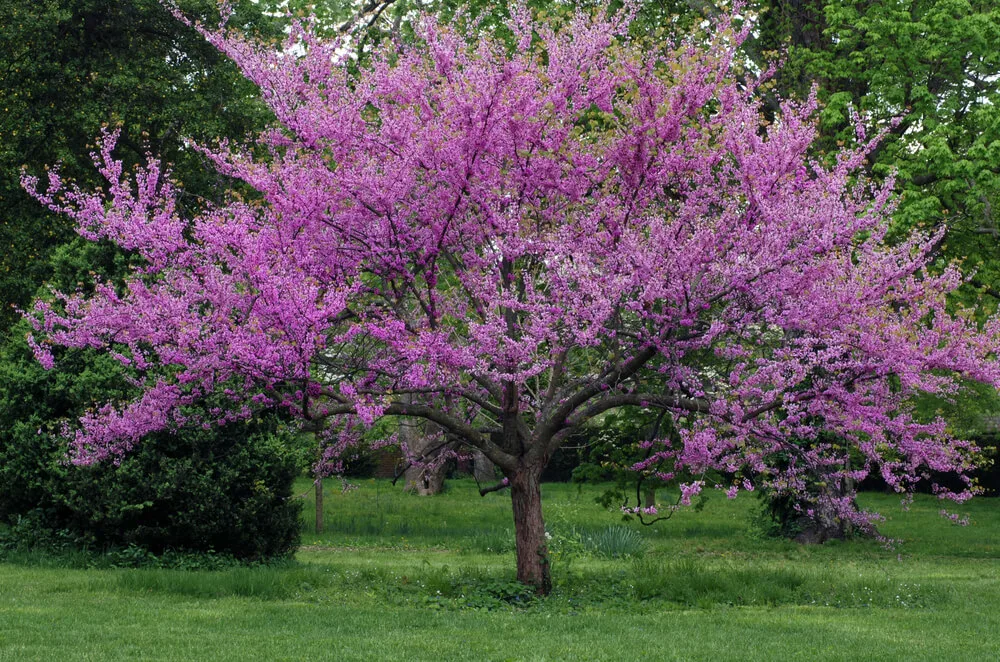
Table of Contents
Judas tree, often known as Cercis Siliquastrum, is one the most stunning trees you could ever have. Redbud and love tree are a few more names given to it. There is a long history associated with these trees. Many people believe that a man named Judas Iscariot hung himself on this tree, which is how it received its name.
However, there is no evidence of it! Whatever the case, these trees are among the most popular choice for people in the UK because of their excellent shape, vibrant flowers, and fragrance. If you want to plant a Judas tree in your home garden, let us tell you that’s a great decision!
Judas trees are a deciduous type belonging to the Fabaceae family. Cercis Siliquastrum is slow growing plant and loves the sun. It blooms in the spring season and enjoys a warm environment. The view of Judas trees in spring is mesmerizing! This European tree is beautiful from top to bottom, much like the continent.
How To Grow And Care For a Judas Tree
Cercis Siliquastrum belongs partly to the European and West Asian continents. Hence, this provides clues for the type of environment it needs. Many people only consider this plant for its beauty. Contrary to this belief, this tree has several particular uses in addition to being cultivated for decorative purposes.
This tree is excellent for purifying air as it absorbs atmospheric nitrogen and makes it accessible in the soil. Additionally, these wildlife-friendly garden trees attract bees and provide nectar to them. Aren’t the uses of this tree fascinating?
Also known as the redbud tree, this tree is the most flowering tree ever. It blooms infinite purplish and pink flowers, which are petite, thin, and heart-shaped. Normally, Judas trees can grow 8 feet tall, whereas there are dwarf categories also available that grow only 3 to 4 feet.
Location, Climate, And Soil Requirements
As discussed earlier, Cercis Siliquastrum does best in a sunny location. At the same time, it also requires minimal shade. Judas tree in the UK grows really well in the warmer regions, i.e., in the southern part of the country. And what is the best part about them? It needs no company. So, even if you are planting just one Judas tree in your backyard – they will thrive wonderfully.
Just be careful where you plant them, as these trees don’t adapt well to being moved. March to May is the ideal time to plant them. However, you can even go from September to November. Winter conditions don’t really affect plants of the Fabaceae family.
Calcareous soil, which is well-drained and sandy, is excellent for Judas trees. If your soil is slightly acidic, that will do as well. Ensure the pH value is neutral and the earth is rich, moist, and fertile.
Selecting Cercis Siliquastrum
Once you have determined the location and soil requirements, it is time to select a Judas tree. Whether you are growing it from a seed or a sapling – top-notch quality is a must! Not just this, you will also have to make a selection from the type of Judas trees. Yes, you heard it right! Judas comes in many varieties that vary in terms of characteristics.
- Alba: These Judas grow for about 2.5 meters and have white flowers. They are delicate and need protection when young.
- Merlot: This category has dark red and wine blooms and grows up to 4 meters.
- Rubra: Rubras are tall and grow up to 8 meters. They have grey and green foliage and red flowers.
- Hearts Of Gold: As the name implies, this variety has a golden hue foliage and white and purple flowers. They are about 4 meters tall.
- Ruby Falls: Ruby Falls are very dense and have a fantastic combination of red foliage and purple flowers.
- Avondale: These trees are short and grow only up to 2.5 meters. They have purple and red flowers and green foliage, which may turn yellow during fall.
Based on the above characteristics, you can choose your Judas trees accordingly. The growth and care of all these varieties are similar.
Growing Judas Tree From Seed
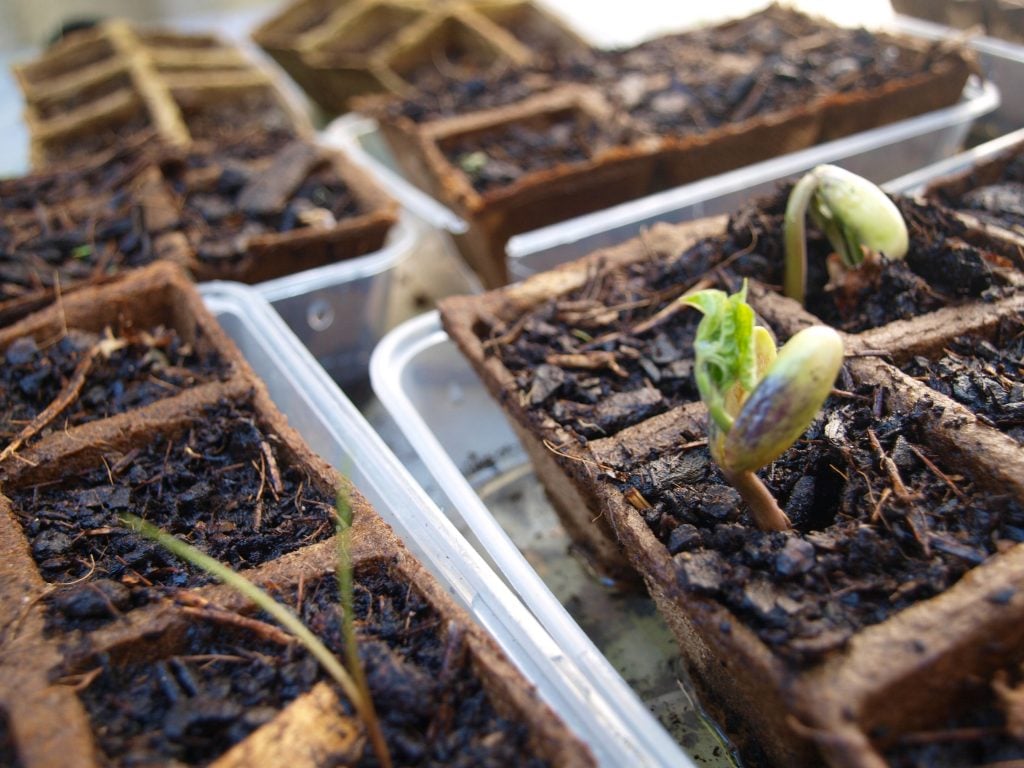
Generally, Cercis Siliquastrum is cultivated from bought young saplings. But if you are persistent and patient enough, you can think of gathering seeds from an already established Judas tree. You can collect them during the autumn season, which is followed by the spring planting season. On the other hand, buying Judas seeds online is a quick alternative!
Since Judas trees take time to grow, you can plant them in containers at first with a peat-free, multi-purpose home substitute. However, planting them in an open spot is suggested so you are free from the hassle of moving them later. You will notice a growth of about 2 to 6 inches annually. Imagine how many years it would take for a tree. Right from the germination of seeds to maturity, Judas takes around 15 years.
Planting Judas Saplings
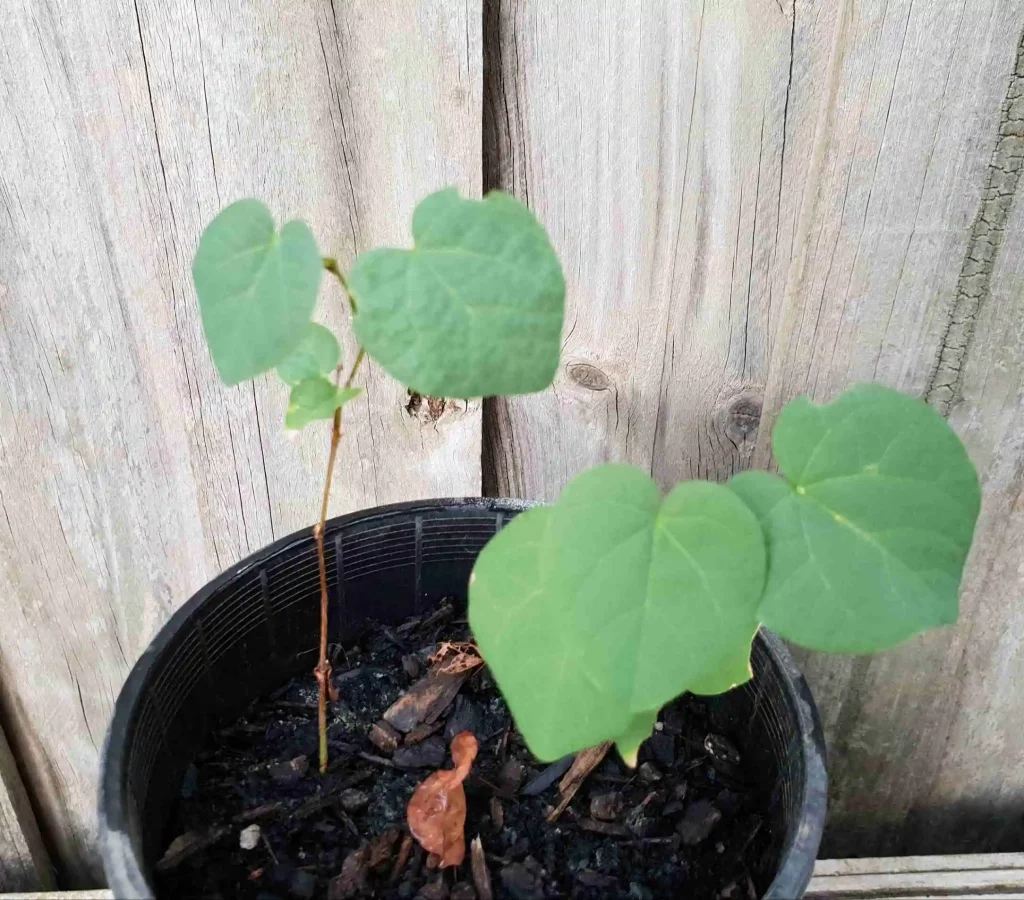
Before you begin planting, selecting a healthy young plant is necessary. Do this by visiting a garden retail shop or getting Judas sapling online. Once you have purchased a pot-grown plant, follow the steps below to plant it on your lawn:
- Make a square and dig it deep, equal to the size of your pot.
- Gently loosen the roots while removing the plant from the container.
- To aid the plant’s establishment, scatter some mycorrhizal fungi around it.
- Place the sapling into the hole and fill it with manure, compost, and soil.
- Remember to water it the first time.
Watering Cercis Siliquastrum

Judas trees require constant, thorough water after planting. You will have to water them intensely until the roots are established. After a few years, these trees will also be able to tolerate dry circumstances. In short, they are drought-tolerant!
Regular watering will aid the growth of this love tree. Purchase a watering ring and place it around the tree trunk for proper watering.
Mulching Judas Plants
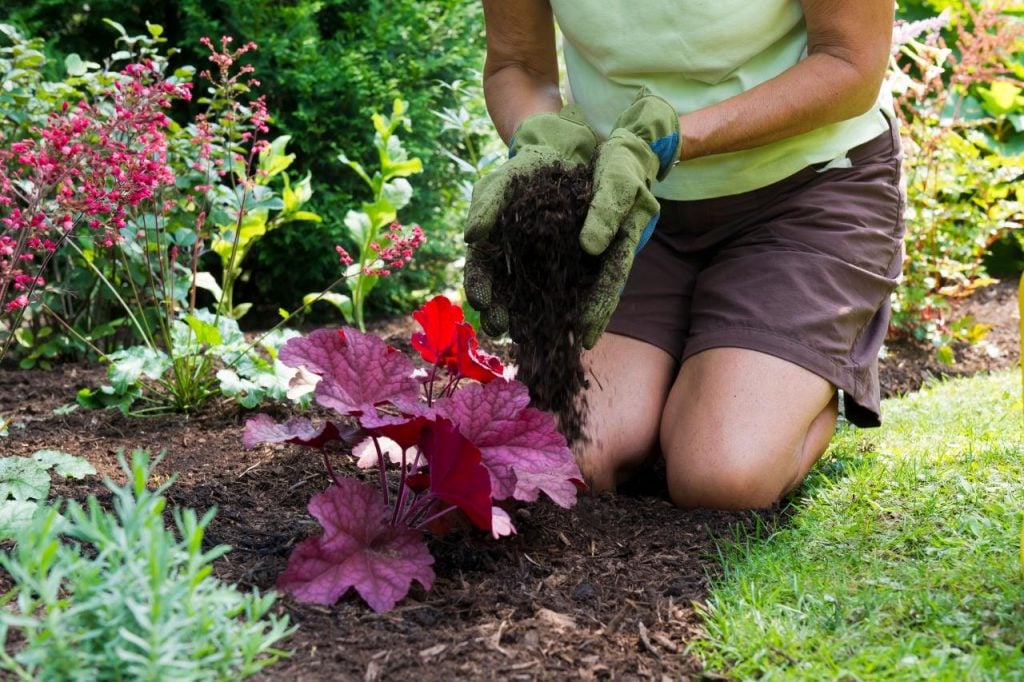
Mulching is feeding the plant. It is a once-in-a-year process that needs to occur during the spring season. But what is a mulch? It is an organic mixture of well-rotted manure, wood chips, green leaves, and compost. Mulching the roots ensures that the fertility of the soil is increased while keeping it wet. Healthy growth is the result!
If excessive weed growth worries you, rest assured, as mulching can control that too! Ensure using a slow-release fertilizer for this type of tree. Always look at the manufacturer’s application guidelines.
Pruning Judas Trees
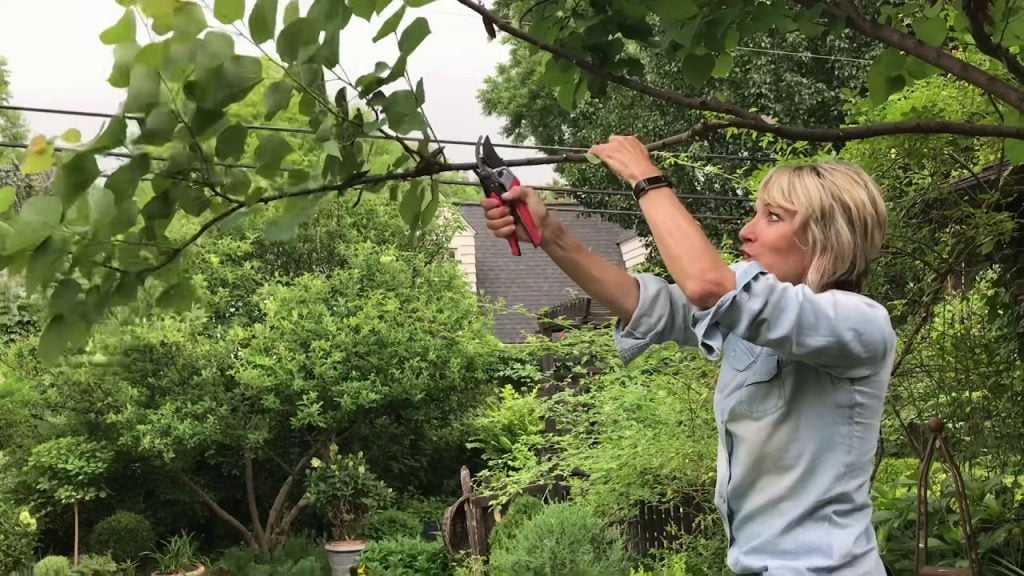
As Cercis Siliquastrum is a massive tree, pruning them is not necessary. Just a few cuttings, and it will look beautiful as always! Since these trees bloom in spring, you can prune them by cutting out extra stems and twigs. Then, reshape them or reduce their size the way you like.
In order to avoid accidentally missing out on the stunning blossoms owing to improper pruning, it’s crucial to remember that this tree blooms on at least a year old wood.
Common Problems
In general, Cercis Siliquastrum is resistant to pests and other diseases. However, be alert for widespread problems like caterpillars, aphids, or powdery mildew. Apply proper chemical controls and organic to the tree if possible.
Fungal disease is also a problem you may rarely notice in Judas trees. It occurs in dry weather, which causes wilted and yellow leaves and dead stems and branches. The best way to get rid of this disease is to cut the affected area so that it no longer destroys the plant.
Propagation Of Judas Trees
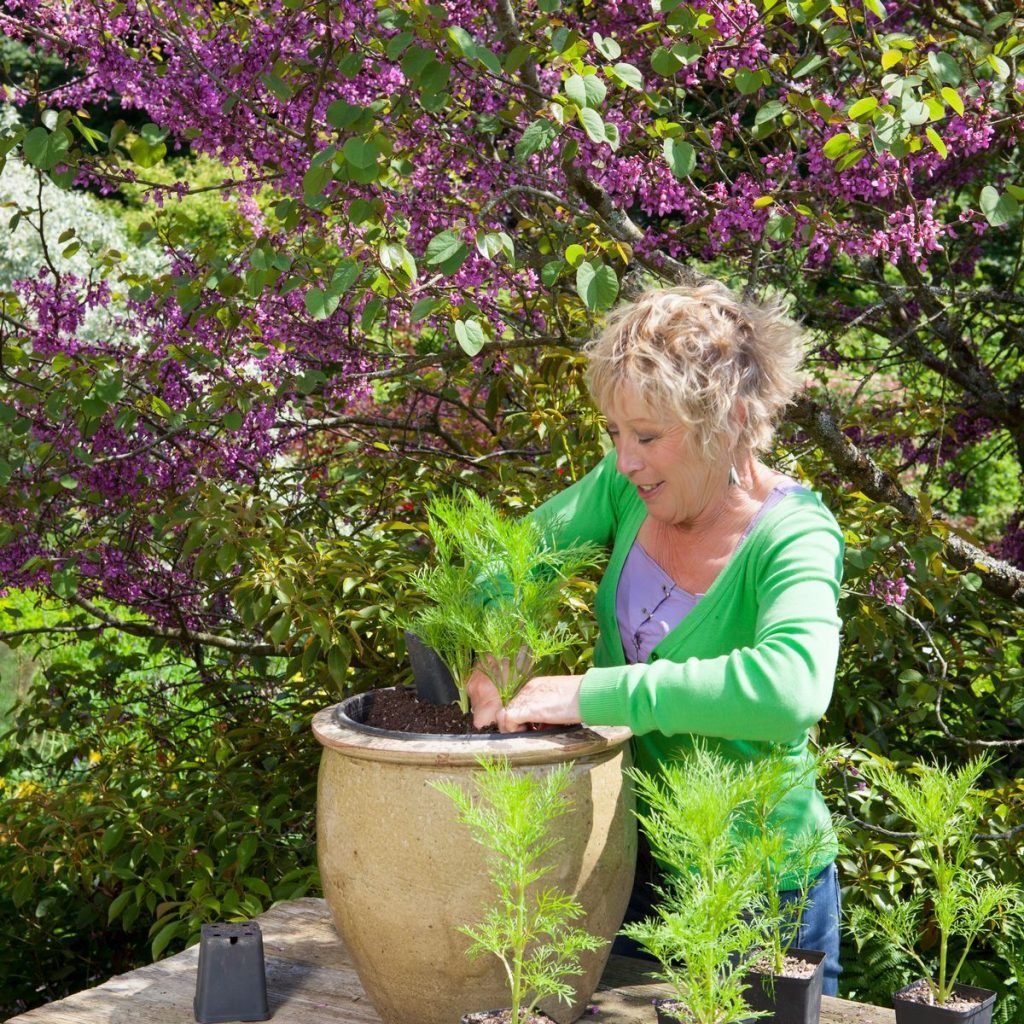
Harvest semi-ripe cuttings from the Cercis siliquastrum between the period of summer to autumn. The stems from this year, which are tender at the tip of the plant and woody at the base, are used to make these. Cut a branch that is at least 12 to 15 cm long, right below the bunch of a leaf. You can place this little stem in a new container to grow new Judas. Ensure the pot is mixed with an equal ratio of multi-purpose compost, sand, and soil, enough for cuttings to grow. Water the well and let the extra water drain away. With this, you have a new Judas sapling that you can grow in a pot for a year or two.
Another method of propagating these trees is to it by seeds. You can save seeds from your existing Judas in autumn and plant them when they are two years old. This process is prolonged and requires a lot of patience. You will see your Judas tree blooming with lovely magenta flowers within six years.
Conclusion
If you want to enhance the attractiveness of your environment with an ornamental tree, Cercis Siliquastrum is a great option! They are simple to develop and grow. If you live in a warm area of the UK, you won’t need to worry about its growth. These plants may easily withstand cold temperatures as well. Additionally, it is rarely affected by pests and insects. In case you find any damage to your tree, pruning the affected area is the easiest solution.
The Judas tree’s low care requirements, growing nature, aesthetic appeal, and ability to enhance air quality make it a particularly excellent feature. Additionally, this plant requires only minimal and straightforward pruning and propagation. The plant may also improve the appeal of your exteriors due to its lavish magenta blossoms. If you have enough space, you can grow more of these trees and create a Judas forest in no time. Imagine how pleasant that would look!
Frequently Asked Questions (FAQs)
What Is a Judas Tree?
Judas tree, also known as Cercis Siliquastrum, is beautiful with a stunning display of pink or purple flowers. These trees grow tall, especially during the spring season.
What Height Do Judas Trees Reach?
Judas trees typically grow between 8 to 10 feet, while some outstanding examples can reach 12 feet. The canopy of Judas’ trees is about the same width as it is tall.
Where Should Cercis Siliquastrum Be Planted?
Cercis Siliquastrum, or Judas tree, grows well everywhere. They only need full and partial shade. Although they prefer well-draining soil, they can also sustain in sandy, loam, or clay soil. When you plant these trees, just leave enough space around them as they may spread their branches too much.
When Should One Plant a Judas Tree?
The ideal season is late winter or early spring, so its roots are established by summer. During the warmer period, the trees can grow quite well.
How Long Does It Take Judas Trees to Bloom?
Judas trees typically bloom when they are three to five years old. However, this may vary from tree to tree and on the growing conditions. Once the flowering cycle begins, you can witness blooms, usually around April or May.

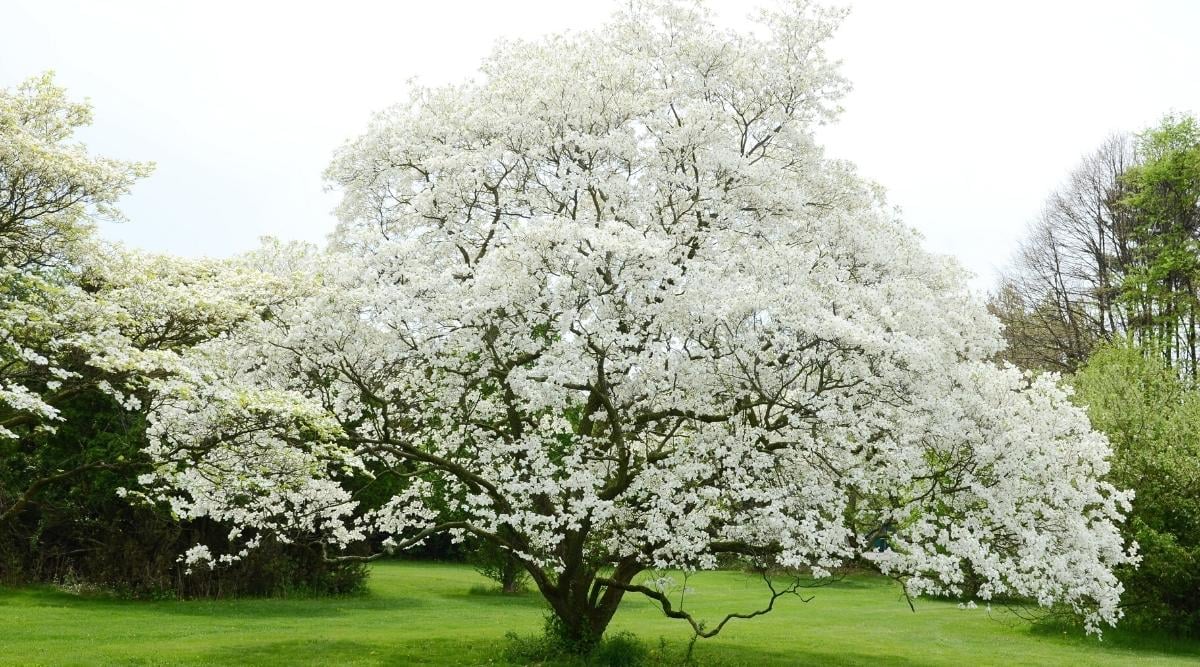
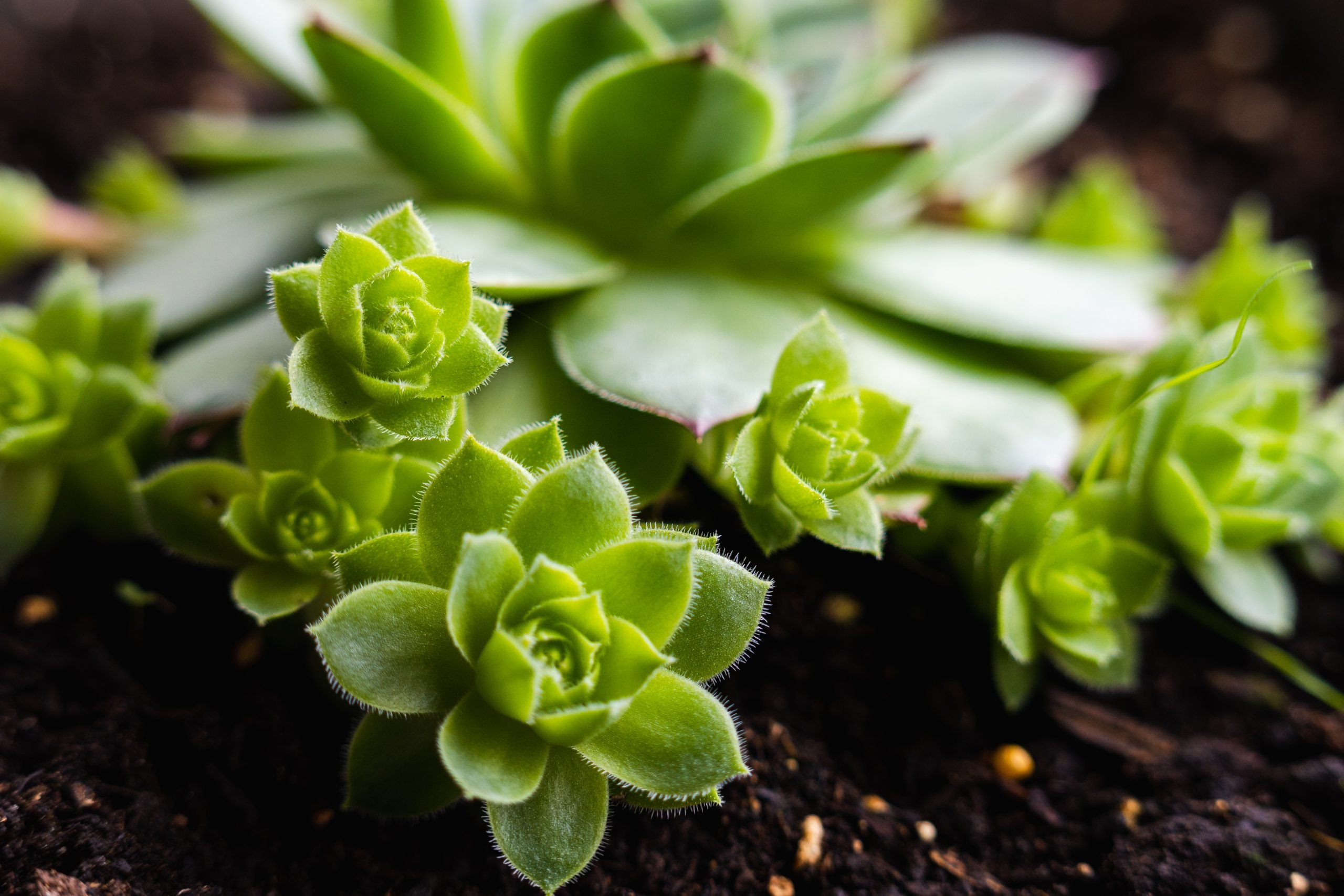


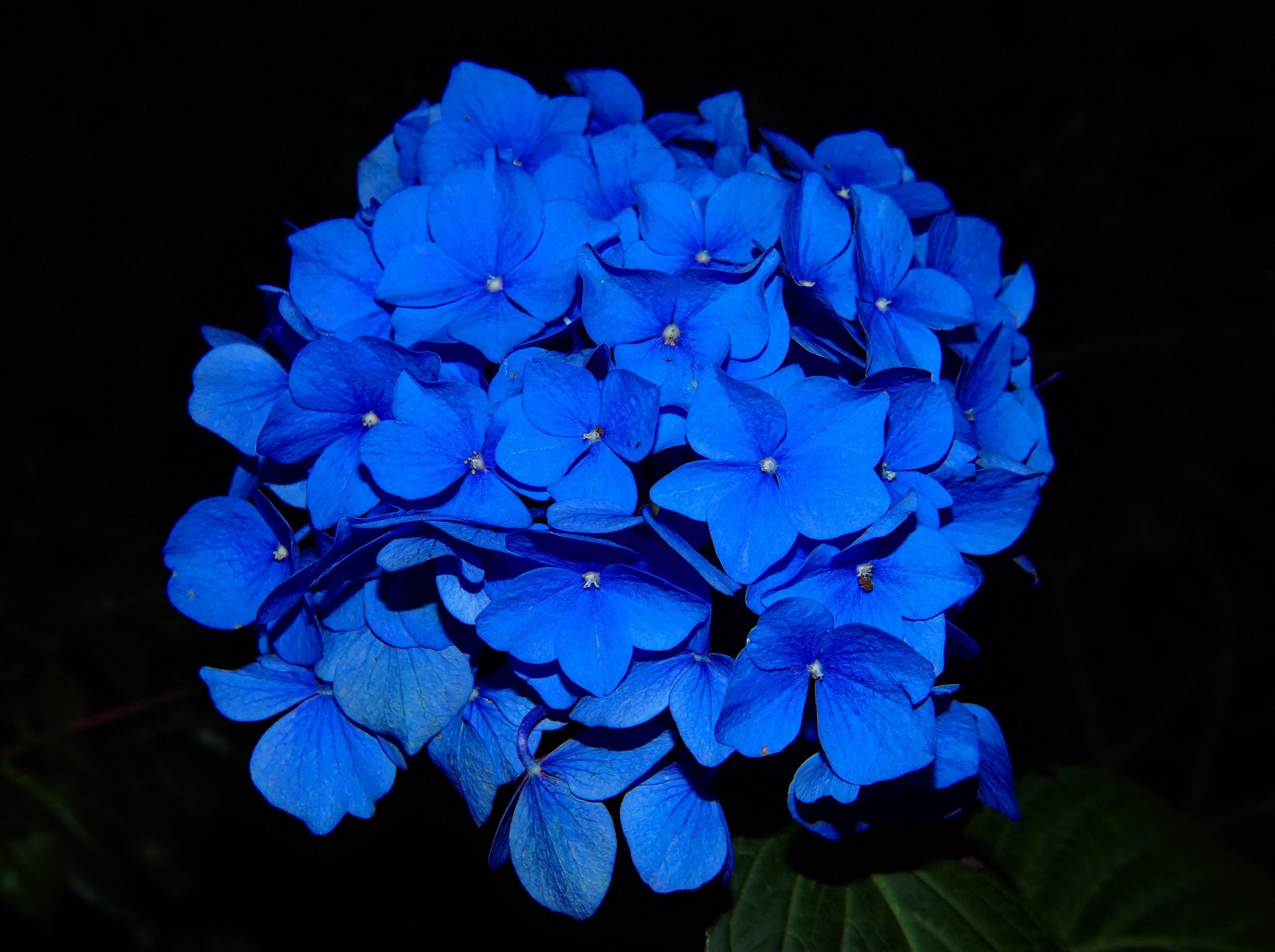
![A Beginner’s Guide to Monstera ‘Swiss Cheese Plant’ [With Caring Tips]](https://staging.thearches.co.uk/wp-content/uploads/Monstera-Swiss-Cheese-Plant-Care-Tips.jpeg)